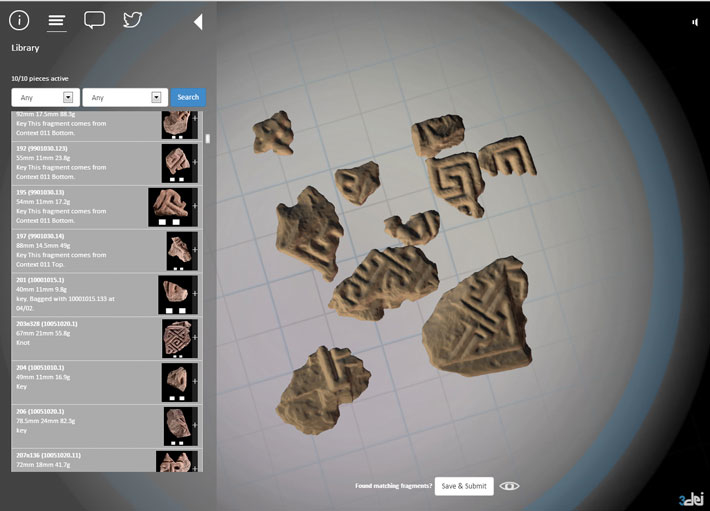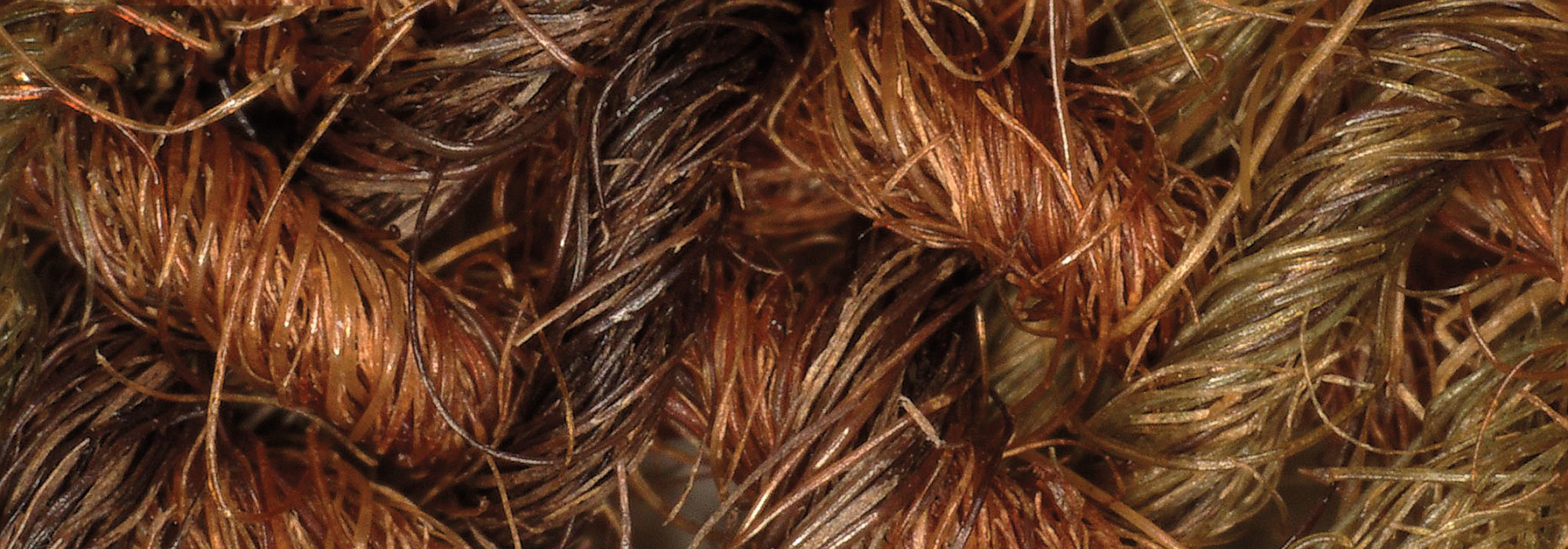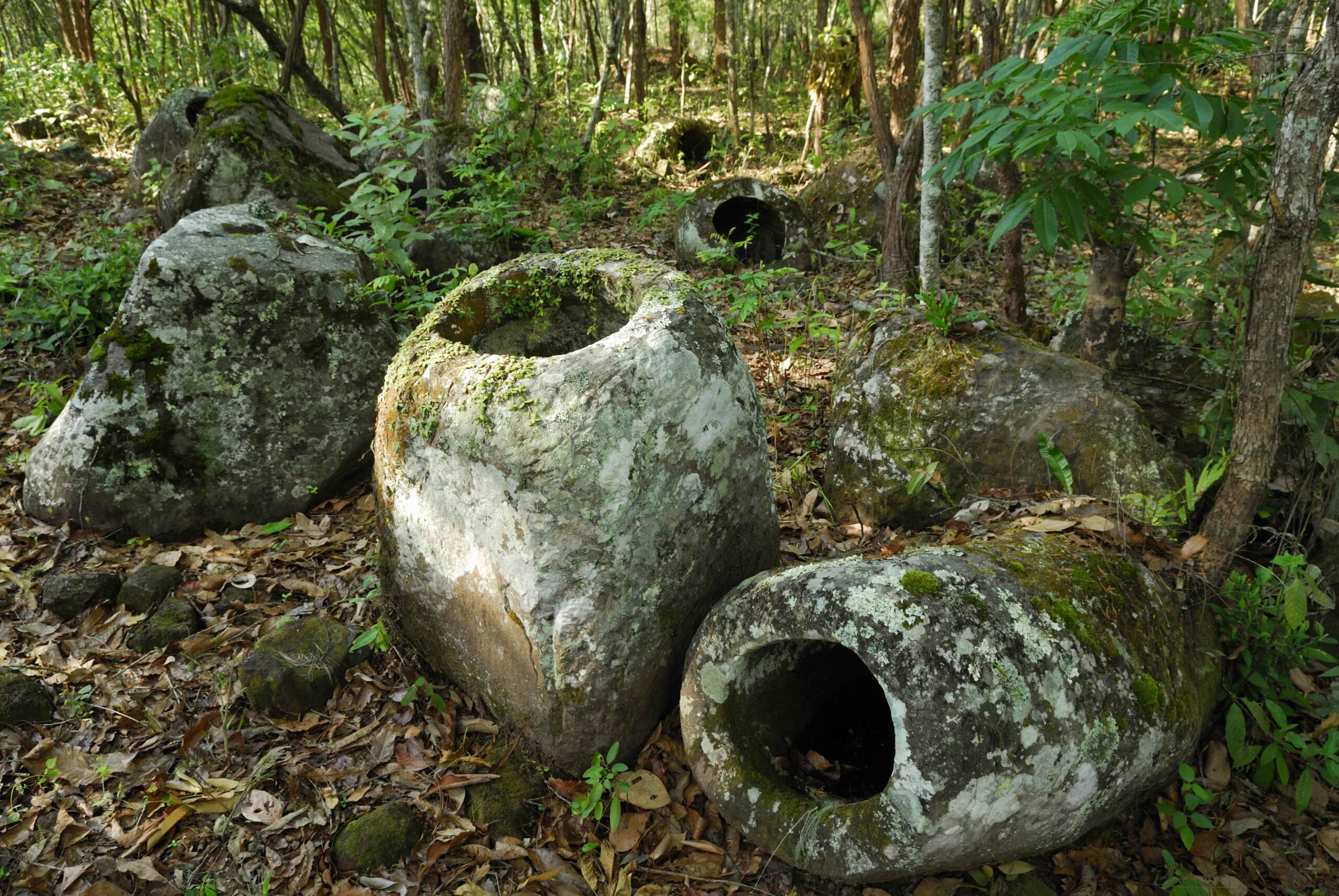
DUNDEE, SCOTLAND—BBC News reports that a team of researchers led by Sue Black of the Center for Anatomy and Human Identification at the University of Dundee has recreated the face of a Pictish man whose skeleton was discovered in the Scottish Highlands, in a cave on the coast of the Black Isle peninsula. Examination of his bones revealed that he had suffered from at least five serious head injuries, including broken teeth on the right side of his face; a fractured jaw on the left; a fracture to the back of his head, probably after falling from the first two blows; and a wound through the head that was probably made with the same weapon. The fifth injury is thought to have come from a larger weapon to the top of the skull. Radiocarbon dating indicates that he was killed some 1,400 years ago. Large stones had been placed on his arms and legs, which were crossed to keep the remains in place. Excavation leader Steven Birch said it was clear the man was carefully buried, though the team members don’t know why he was brutally killed. For more on facial reconstruction, go to “Neolithic FaceTime.”









